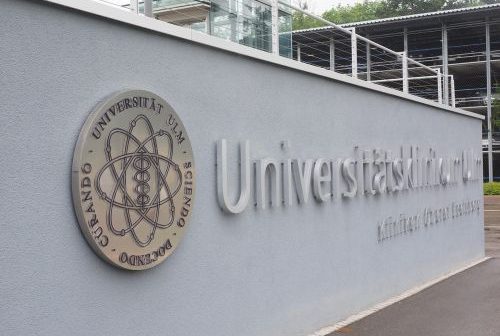While India boasts a rich history of academic excellence, its higher education institutions often find themselves trailing behind their counterparts in the United States and the United Kingdom. The reasons behind this gap are intricate, encompassing issues ranging from infrastructure challenges to systemic flaws. In this article, we explore the factors contributing to India’s educational lag and consider examples that shed light on the disparities between Indian universities and those in the US and UK.
Lack of Funding and Infrastructure:
One glaring issue hindering the growth of Indian universities is the inadequate allocation of funds and infrastructure. In comparison to their counterparts in the US and UK, many Indian institutions struggle with outdated facilities, limited research resources, and a dearth of state-of-the-art technology. This affects the overall academic experience and research output.
In contrast, universities in the US and UK often benefit from substantial funding, allowing them to invest in cutting-edge infrastructure, modern laboratories, and research centers. This financial backing enhances the quality of education, attracts top-notch faculty, and fosters an environment conducive to groundbreaking research.
Research Output and Innovation:
The emphasis on research and innovation in US and UK universities sets them apart from their Indian counterparts. According to global university rankings, a significant number of top research institutions are situated in these Western countries. This can be attributed to a robust research culture, strong collaborations with industries, and a proactive approach towards innovation.
Indian universities, while making strides, often face challenges in providing an environment conducive to groundbreaking research. Limited funding, outdated equipment, and a lack of interdisciplinary collaboration hinder the capacity of Indian institutions to compete on the global stage in terms of research output and innovation.
Faculty Quality and Recruitment:
The quality of faculty plays a pivotal role in the overall academic environment of a university. While there are exceptional educators in India, many institutions struggle with attracting and retaining top-tier talent. The lack of competitive salaries, limited research opportunities, and bureaucratic hurdles contribute to this challenge.
In the US and UK, universities offer attractive compensation packages, research grants, and sabbatical opportunities, which help in attracting and retaining highly qualified faculty. This not only elevates the standard of teaching but also contributes significantly to research and academic publications.
Outdated Curriculum and Pedagogy:
Another aspect where Indian universities lag behind is the often outdated curriculum and pedagogical methods. In an era of rapid technological advancement and evolving industry needs, flexibility and relevance in academic programs become imperative. Many US and UK institutions regularly update their curriculum to align with industry demands, fostering a dynamic and forward-looking education system.
In contrast, the slow pace of curriculum revision in Indian universities results in graduates who may find themselves ill-equipped to meet the demands of a rapidly changing job market. This disconnect between academia and industry needs underscores the need for a more agile and industry-aligned approach to curriculum development.
Overemphasis on Examination-based Evaluation:
Indian education is often criticized for its overemphasis on examination-based evaluation systems, which can stifle creativity and critical thinking. In the US and UK, universities often adopt a more holistic approach, incorporating continuous assessments, project work, and interactive learning methods. This not only provides a more comprehensive evaluation of a student’s capabilities but also fosters skills that are crucial in the professional world.
Addressing the disparities between Indian universities and those in the US and UK requires a comprehensive and sustained effort. By prioritizing funding, modernizing infrastructure, promoting research and innovation, attracting top-notch faculty, updating curricula, and adopting progressive pedagogies, Indian higher education institutions can strive towards bridging the gap and offering world-class education to students. Only through such concerted efforts can India hope to create universities that stand shoulder to shoulder with the best in the world.
By
Nikhilesh S. Iyer





